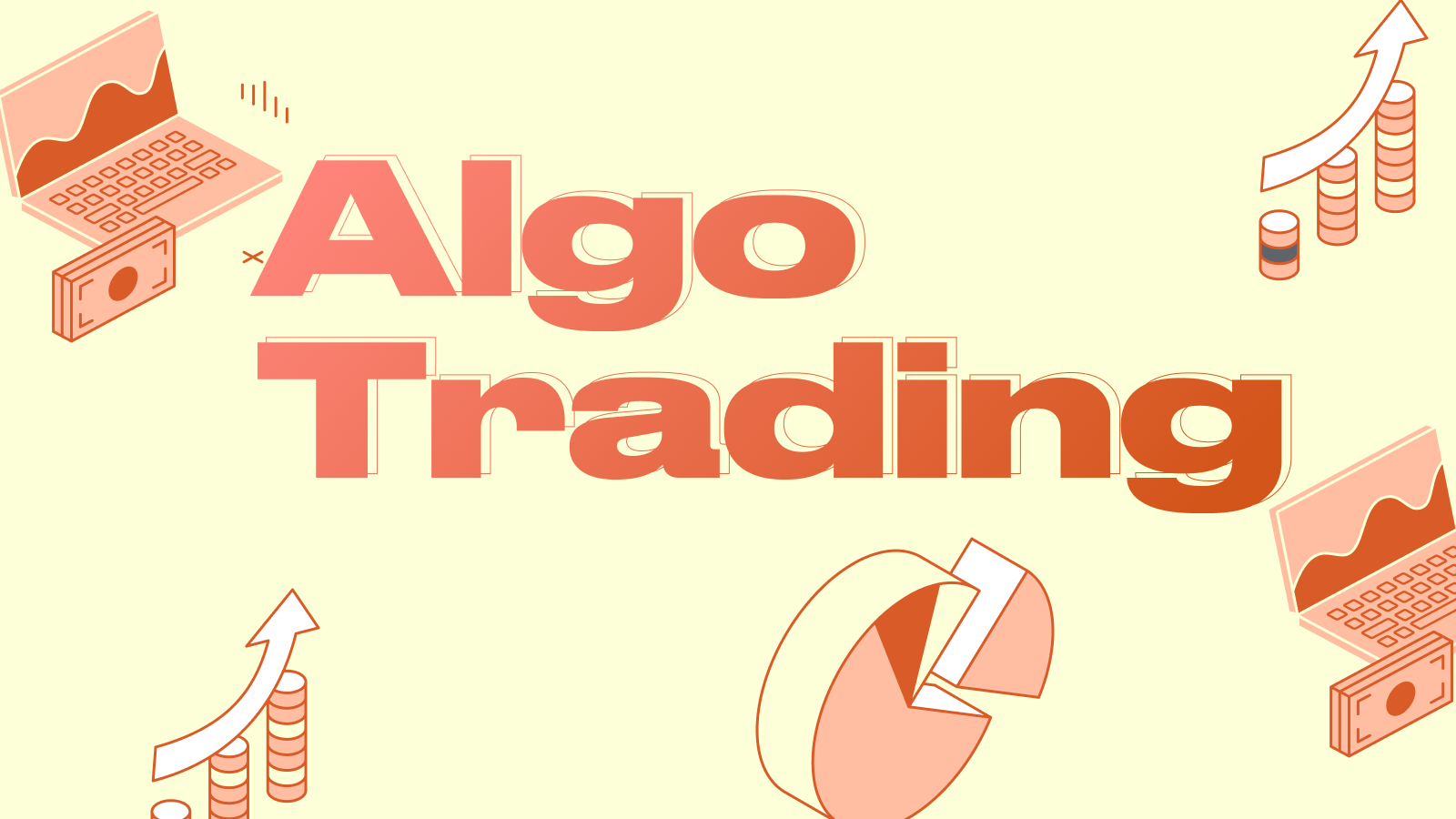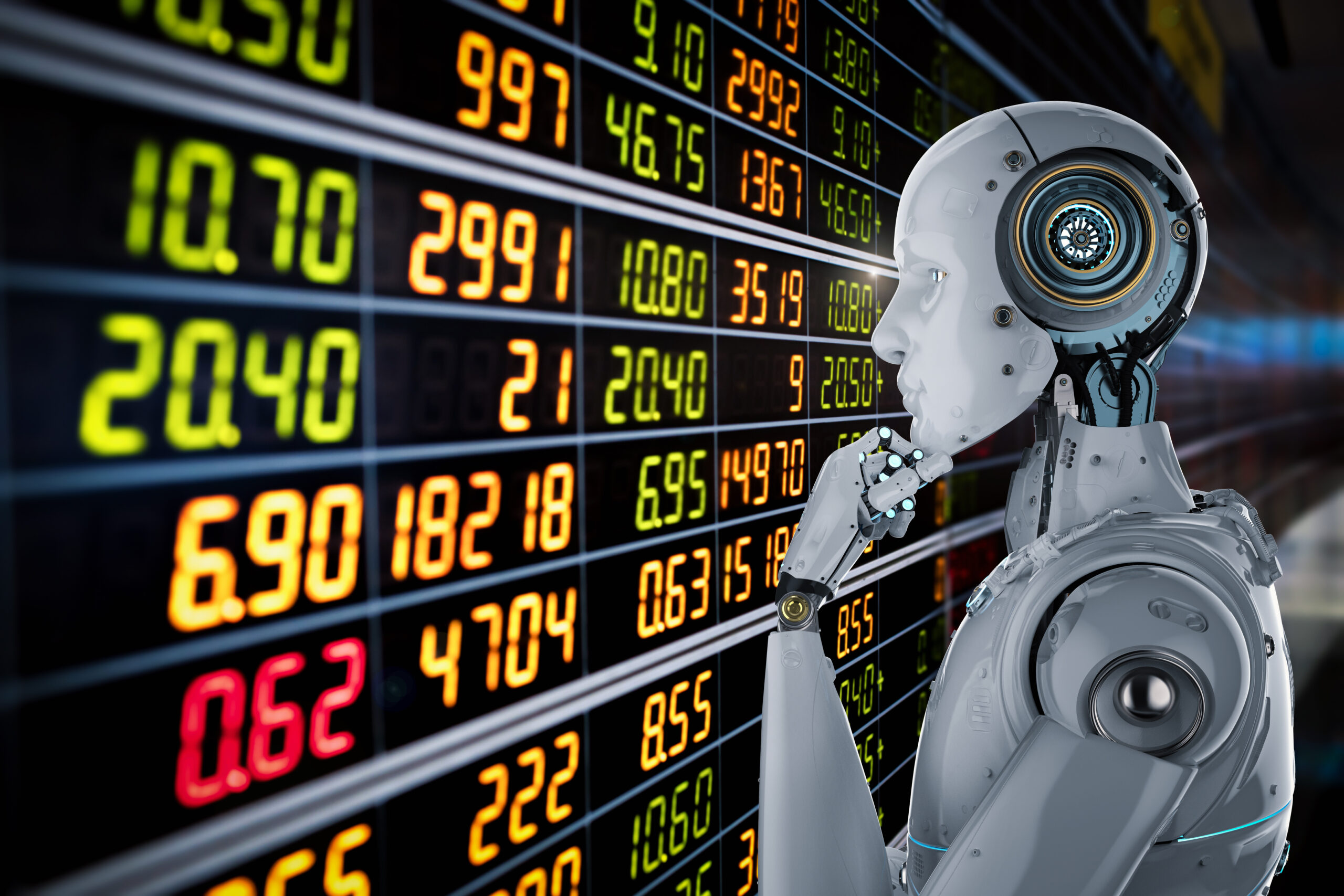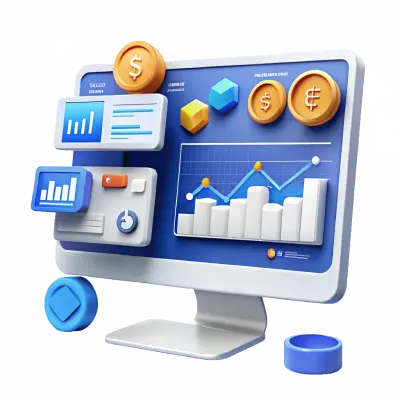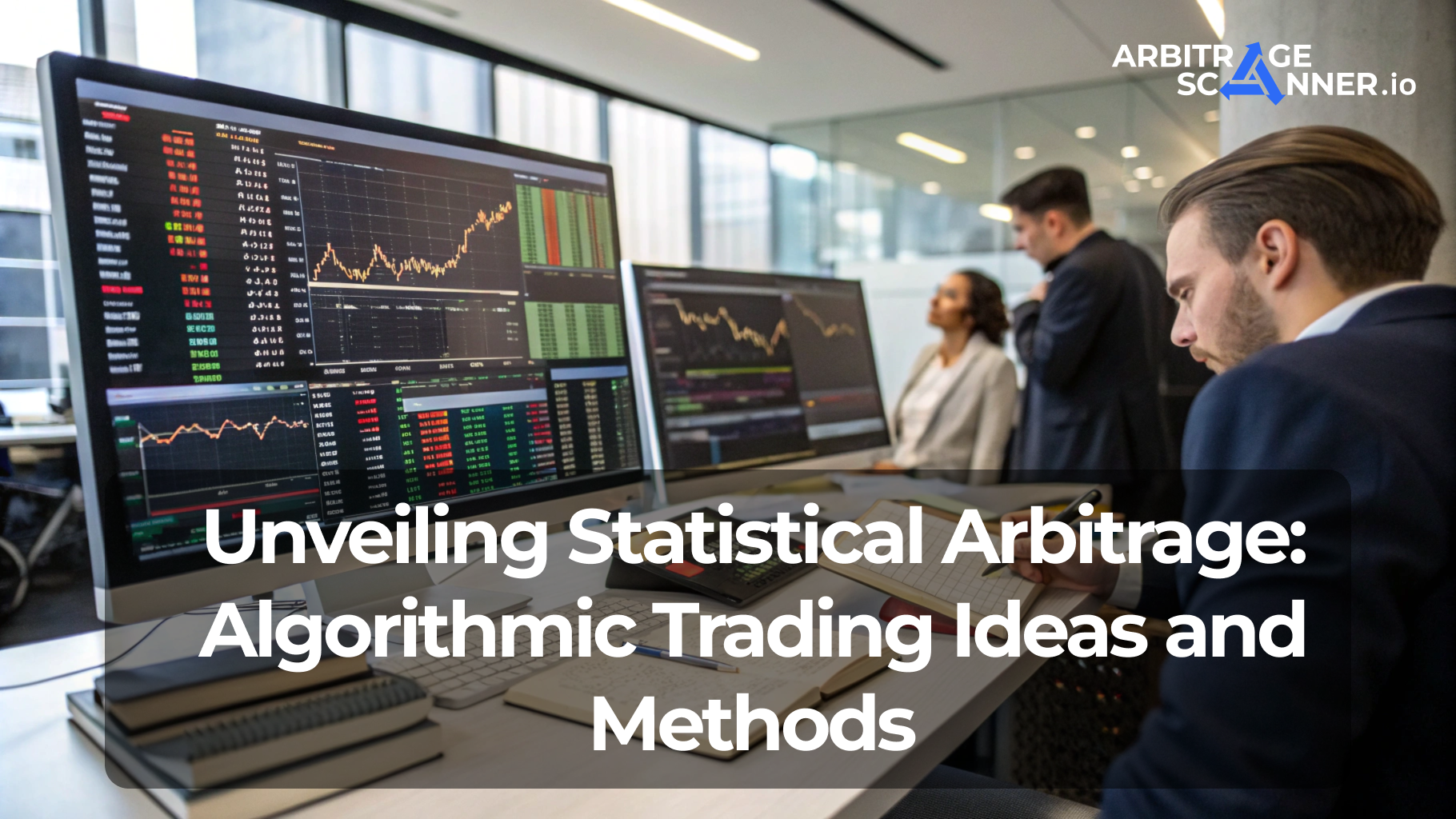Algorithmic Trading: How to Create a Trading Bot and Not Lose Money

Algorithmic Trading: How to Create a Trading Bot and Not Lose Money
Algorithmic trading has long ceased to be the exclusive domain of large funds. Today, access to automated strategies is open to everyone—from private traders to enthusiasts who want to test their own ideas on the market. Platforms with visual strategy builders, ready-made templates, and simple settings have emerged. But along with this, the number of illusions has also grown. Algorithmic trading is not a "get rich quick" button, but a discipline where an engineering approach, analytics, and the ability to manage risks are crucial.
What is algorithmic trading and what problems does it solve?
At the core of algorithmic trading is the idea that decisions are made not by a person, but by a program acting on a set of rules. A robot analyzes the market, reacts to indicators, and executes trades faster and more accurately than a trader. Its goal is to eliminate emotions and strictly adhere to the strategy. This allows the trader to offload routine tasks, monitor several instruments at once, and react in fractions of a second. The main advantage of an algorithm is predictability: if the rules are written correctly, the system always works the same way.

Structure of a trading system
For a trading robot to be a complete tool, a structure is necessary. It starts with an idea—a hypothesis about why the strategy should be profitable. Next, the conditions for entering and exiting trades are formulated. They must be absolutely precise, without vague wording. The next block is risk management: stop-loss and take-profit levels are fixed, as well as limits on the trade volume. Equally important is capital management: allocation of funds, use of leverage, and control of the load on the account. The final element is the execution module, i.e., the code or platform that turns the logic into real trades on the exchange.
Testing and verification of trading strategies
Even the most interesting idea is meaningless without verification. First, backtesting is conducted—a run on historical data to see how the strategy would have performed in the past. But relying solely on this is dangerous: it's too easy to fit the model to the history. That's why a forward test is needed—a check on fresh data that the algorithm has "not yet seen." After that, the strategy is launched in demo mode to track its behavior in real time without risking capital. And only after all checks is it permissible to move to real trading with small volumes. Beginners' mistakes are repeated over and over: overfitting to history, ignoring commissions, excessive expectations, and emotional interference in the robot's work.
Classification of algorithmic strategies
Algorithms vary. Trend-following systems follow the market's movement and try to catch sustained impulses. Arbitrage strategies profit from price differences between platforms or instruments. Market-making strategies provide liquidity by placing buy and sell orders on both sides of the order book. More complex strategies are built on statistical arbitrage and mathematical models. Scalping algorithms make dozens of trades per minute, profiting from micro-movements. And modern models with machine learning and neural networks analyze huge arrays of data and adapt to the changing market. The choice of strategy depends on the goals: quick income, stability, or long-term diversification.
Pros and Cons of Algorithmic Trading
Advantages
-
High speed of trade execution. Algorithms can process large volumes of data and open or close positions in fractions of a second. A human physically cannot react that fast. This is especially important in volatile markets, such as cryptocurrencies. Example: High-frequency trading (HFT) traders can instantly buy an asset at a low price and immediately resell it at a higher price while ordinary participants are still assessing the situation.
-
Absence of emotions. People often make mistakes under the influence of fear or greed. An algorithm, however, strictly adheres to predefined rules and is not subject to emotional decisions.
-
Ability to test strategies. Before launching on a real market, algorithms can be run on historical data (backtesting). This helps to evaluate effectiveness and identify weaknesses in the approach.
-
Time-saving. Programs can work around the clock without the constant presence of a trader. In cryptocurrencies, where there are no weekends or breaks, this is especially valuable.
-
Systematic risk management. Algorithms are easily programmed to set stop-losses, take-profits, and complex capital management methods. This reduces the likelihood of large losses.
-
Access to complex strategies. Many approaches are impossible to implement manually but are available to algorithms, such as arbitrage, market-making, and machine learning-based algorithms. Example: a program simultaneously analyzes hundreds of trading pairs and selects the most profitable trades.
Disadvantages
-
High barrier to entry. Creating a working algorithm requires knowledge in programming, finance, and statistics. Additionally, quality testing requires computational power.
-
Risk of technical failures. Any automated system can fail: a bug in the code or a problem with the connection to the exchange can lead to large losses. Example: in 2012, Knight Capital lost $440 million due to a malfunctioning algorithm.
-
Need for constant adjustment. Despite automation, algorithms require regular monitoring. Markets change, and what was profitable yesterday may be unprofitable tomorrow.
-
Competition with large players. Hedge funds and investment companies spend millions on developing and optimizing algorithms. It is extremely difficult for a private trader to compete with them.
How does algorithmic trading differ from automated trading?
Algorithmic trading and automated trading are closely related, but they are not the same thing. Algorithmic trading is when a trader predefines a set of rules that they will follow when trading in the market. The trader can apply these rules manually, simply by following the algorithm. Automated trading is the next step. Here, the ready-made algorithms are loaded into a special program or trading bot that independently opens and closes trades without human intervention. This approach allows for 24/7 operation, faster market reaction, and the elimination of emotions. In essence, algorithmic trading is the rules themselves, while automated trading is their execution by a robot.
Risks of Algorithmic Trading
Automation does not eliminate risks. An algorithm can fail due to a code error, server problems, or an unstable connection. The market is also unpredictable: unexpected news and sharp volatility can destroy even the most reliable system. Over-complexity is also a danger: overly "smart" algorithms often fail to withstand reality. It is also important to consider the financial side—even a good strategy requires capital to survive drawdowns. Furthermore, not all platforms permit aggressive trading models, so one must also keep an eye on regulatory restrictions.
Conclusion: An Engineering Approach Instead of Illusions
Algorithmic trading is not passive income, but an engineering discipline. Here, the trader is more like a developer than a player. To create a working algorithm, one must go from an idea and hypothesis to testing and practical application. Success depends not on the code, but on the ability to analyze the market, manage risks, and adapt the system. The main mistake of beginners is to perceive the robot as a ready-made solution. In reality, it is a tool whose effectiveness is determined by the quality of the strategy and the trader's discipline.
FAQ on Algorithmic Trading
What is a trading robot?
It is a program that executes trades according to predefined rules and indicators, eliminating human emotions.
Can you create a robot without programming?
Yes, many platforms allow you to build strategies through visual constructors. But for complex systems, at least minimal coding experience is needed.
Will the robot earn money automatically?
No. Everything depends on the strategy. A robot is a tool, not a guarantee of profit.
What are the most common mistakes beginners make?
They overfit the strategy to historical data, forget about commissions, and trust automation too much.
Is constant monitoring required?
Yes. Any algorithm becomes outdated over time and requires adaptation to the market.
Want to learn more about crypto arbitrage?
Get a subscription and access the best tool on the market for arbitrage on Spot, Futures, CEX, and DEX exchanges.







